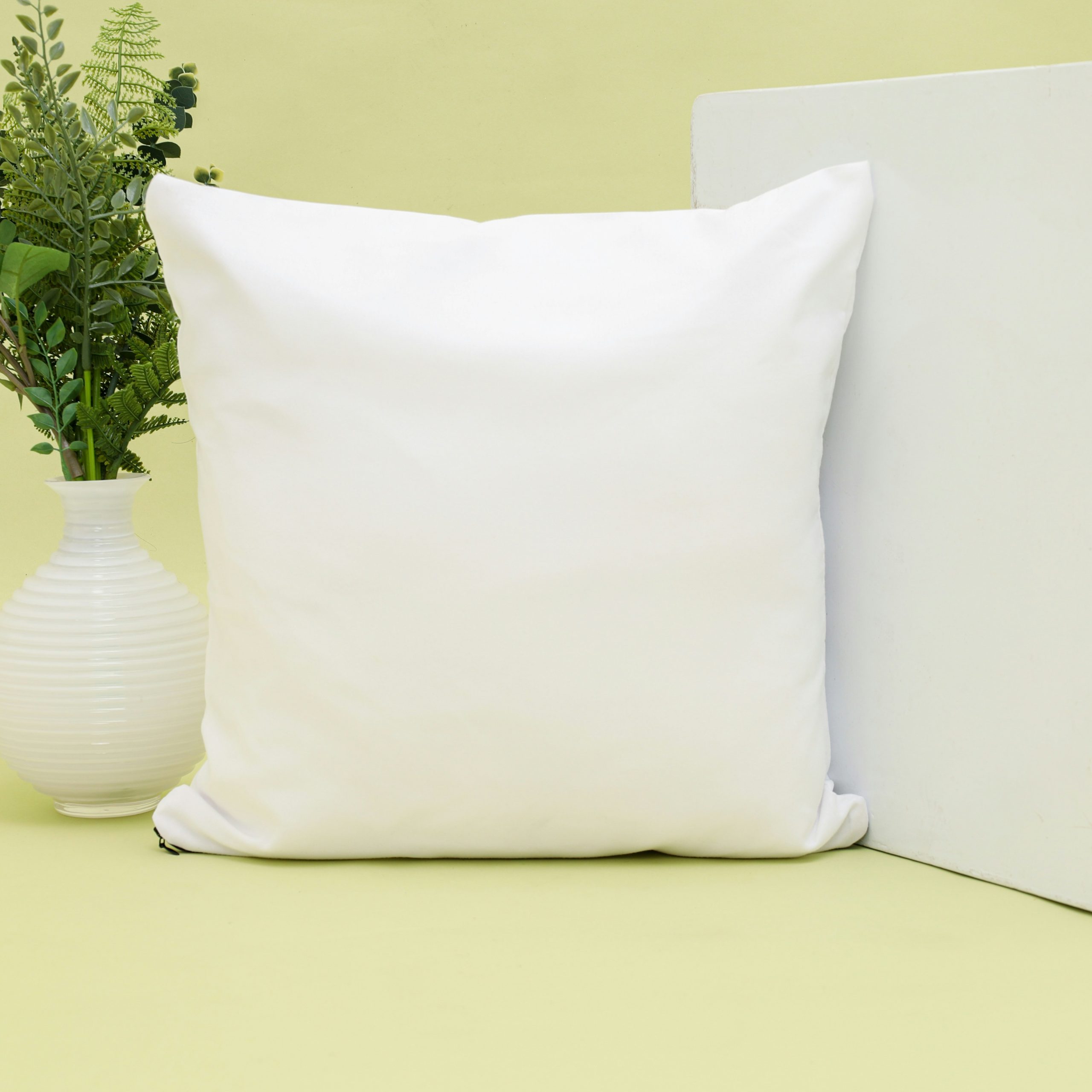 Introduction
Introduction
When it comes to comfort, support, and longevity in upholstered furniture, foam density plays a critical role. While most customers choose fabric based on look and feel, the cushion’s inner material—especially its foam—determines how the piece performs over time.
In this guide, we break down what foam density means, why it matters, and how to choose the right one for your specific needs.
🧊 What Is Foam Density?
Foam density refers to how much a cubic foot of foam weighs. It’s measured in pounds per cubic foot (PCF). For example, a foam with a density of 1.8 means one cubic foot of that foam weighs 1.8 pounds.
⚖️ Higher density = more material packed into each cubic foot.
This does not necessarily mean the foam is firmer—it just means it’s more resilient and longer-lasting.
🪑 Why Foam Density Matters
The density of your cushion foam affects:
✅ Durability: Higher-density foam lasts longer and resists sagging.
✅ Comfort & Support: Medium to high-density foam offers better body support.
✅ Cost: Higher density foams are more expensive, but offer better long-term value.
✅ Usage: Denser foams are ideal for everyday use; lighter foams work well for decorative or occasional-use pieces.
🔢 Foam Density Categories
Here’s a general breakdown of foam density levels and their most common applications:
| Density (PCF) | Type | Best For | Durability |
|---|---|---|---|
| 1.0 – 1.4 | Low-density | Back cushions, occasional-use furniture | 1–2 years |
| 1.5 – 1.8 | Medium-density | General use seating, budget-friendly sofas | 2–3 years |
| 1.8 – 2.5 | High-density | High-use seating, commercial applications | 5–7 years |
| 2.5+ | Premium high-density | Luxury cushions, orthopaedic support | 7–10 years+ |
🧠 Note: Density affects lifespan, not softness. You can have soft, high-density foam or firm, low-density foam depending on the formulation.
🧼 Foam Density vs. Foam Firmness
Many confuse density with firmness, but they are not the same.
Density = how heavy and durable the foam is
Firmness (measured as IFD – Indentation Force Deflection) = how soft or hard the foam feels when compressed
For example:
A foam can be high density and soft, offering plush comfort but long life.
Another can be low density and firm, but may break down quickly.
🛋️ For seat cushions, you typically want a high-density foam with medium-firm IFD for both comfort and resilience.
✂️ Types of Upholstery Foam
Different types of foam offer various density and firmness profiles:
1. Polyurethane Foam (PU Foam)
Common in budget furniture
Density: 1.0–1.8 PCF
Affordable but tends to lose shape over time
2. High Resilience Foam (HR Foam)
Excellent bounce-back and comfort
Density: 2.0–2.8 PCF
Ideal for premium or high-traffic seating
3. Memory Foam
Conforms to body shape; used in specialty seating
Density: 3.0–5.0 PCF
Best layered with support foam
4. Rebond Foam
Made from compressed foam scraps
Very high density (5.0–8.0 PCF)
Best for gym mats, firm cushions, or soundproofing
🔍 How to Choose the Right Foam for Your Project
For Sofa or Chair Seats (used daily):
Density: 1.8 – 2.5 PCF
Firmness: Medium to medium-firm
Recommendation: High-resilience foam for long-term comfort
For Back Cushions or Scatter Cushions:
Density: 1.3 – 1.5 PCF
Firmness: Soft to medium
Recommendation: Blend with polyester fiberfill for a softer feel
For Outdoor Cushions:
Use open-cell foam or reticulated foam to allow water drainage
Density may be lower, but formulation is weather-resistant
For Bench Seating or Window Seats:
Density: 2.0+ PCF
Firmness: Medium-firm to firm
Recommendation: Consider layered foam for support and comfort
🔨 Foam Lifespan Tips
To get the most out of your cushion foam:
Rotate cushions regularly
Use cushion covers with zippers to allow re-fluffing
Consider foam and fiber wrap combos for comfort and longevity
Use a Dacron (polyester fiber) wrap to round out edges and soften feel
🧰 Bonus: Foam Cutting & Custom Sizing
At Chameleon Upholstery we offer custom foam cutting to any size or shape—perfect for bespoke upholstery projects, boat cushions, camper vans, and more.
🧩 Need help choosing foam for a specific furniture piece? Talk to one of our experts—we’ll match the right density and firmness for your use.
Final Thoughts
Understanding foam density is the key to creating cushions that look good, feel great, and last for years. While it’s easy to focus on fabric and colour, remember that what’s inside counts just as much.
By choosing the right foam for your needs, you’ll ensure every seat is supportive, stylish, and long-lasting—whether it’s a family sofa or a boutique window seat.
Ready to Upgrade Your Cushions?
At Chameleon Upholstery, we use a full range of upholstery foam in various densities and firmness levels. Whether you’re reupholstering a beloved armchair or designing custom cushions, we’re here to help.




